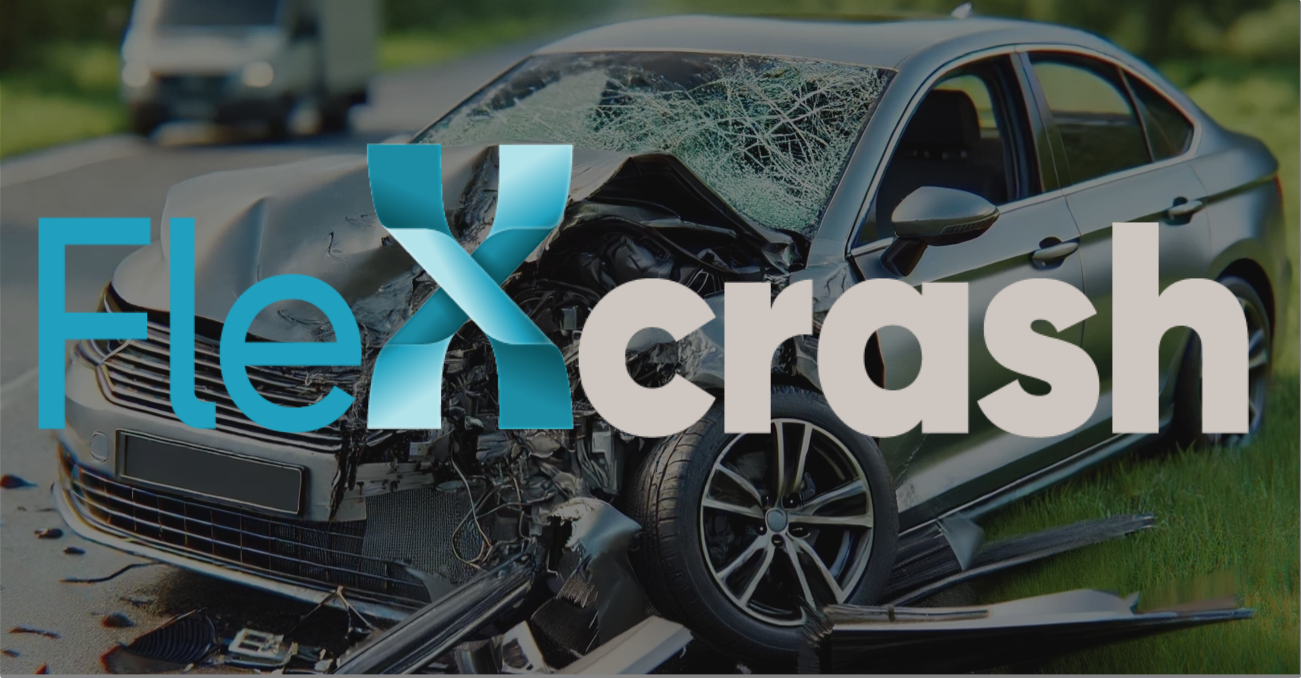The automotive industry is at a critical juncture, balancing demand for lightweight vehicles with strict safety regulations. The Flexcrash project, with Project ID 101069674, is funded by the Horizon Europe program (CINEA) and develops innovative solutions to enhance vehicle safety while maintaining structural integrity.
Lightweight Vehicle Design and Safety

The automotive industry faces a challenge in designing lightweight vehicles that meet safety standards. The Flexcrash project addresses this by integrating advanced materials and innovative design techniques. For instance, it incorporates aluminum HPDC parts into vehicle models like the G-Lab G3 (a model created by GESTAMP), necessitating modifications to the body-in-white (BIW) structures.
The project’s baseline design serves as a reference point for these modifications, aiming to create a lightweight yet robust vehicle structure. This approach reduces material usage and enhances safety, accelerating development through computer-aided optimization methods.
Future-Relevant Crash Scenarios
As automated vehicles (AVs) become more prevalent, understanding their impact on road safety in mixed-traffic environments is crucial. The Flexcrash project investigates this by developing future-relevant crash scenarios. This involves evaluating literature, previous projects, and accident databases to identify and extrapolate critical load cases.
The project has already realized significant gains:

- Developing standardized virtual testing methodologies is essential for assessing vehicle safety in mixed traffic.
- The project assesses safety mechanisms for future traffic conditions by creating diverse virtual driving scenarios.
- Automated crash reconstruction uses procedural content generation and genetic algorithms to study future safety mechanisms.
Integration of Advanced Materials & Simulation
Advanced materials like high-performance aluminum alloys are crucial in the Flexcrash project, optimizing structural components for reduced weight without compromising safety. The project validates these materials and design techniques through rigorous simulation and testing on the G-Lab G3 model. Additionally, integrating advanced driver-assistance systems (ADAS) and automated driving systems (ADS) introduces novel dynamics in accident scenarios, emphasizing the need for innovative safety technologies.
Conclusion
The Flexcrash project exemplifies the automotive industry’s commitment to innovation and safety. By leveraging advanced materials, computational optimization, and rigorous testing methodologies, the project paves the way for developing lightweight, robust vehicles that meet stringent safety standards. Flexcrash insights and technologies will shape a safer and more efficient transportation landscape as automated and connected cars evolve.
For more information, visit the FLEXCRASH project page and the CORDIS project details.
The consortium, coordinated by Eurecat – Technology Centre, is also formed by Luleå University of Technology, Aerobase Innovations AB, Virtual Vehicle Research GmbH, Gestamp, IMC Krems University of Applied Sciences, Fraunhofer IWS, Gemmate Technologies, Stellantis Italia, UNE – Asociación Española de Normalización
Connect 🔗contribute.
Are you interested in learning about FLEXCRASH or participating in its various phases? Reach out to us and share your thoughts.

